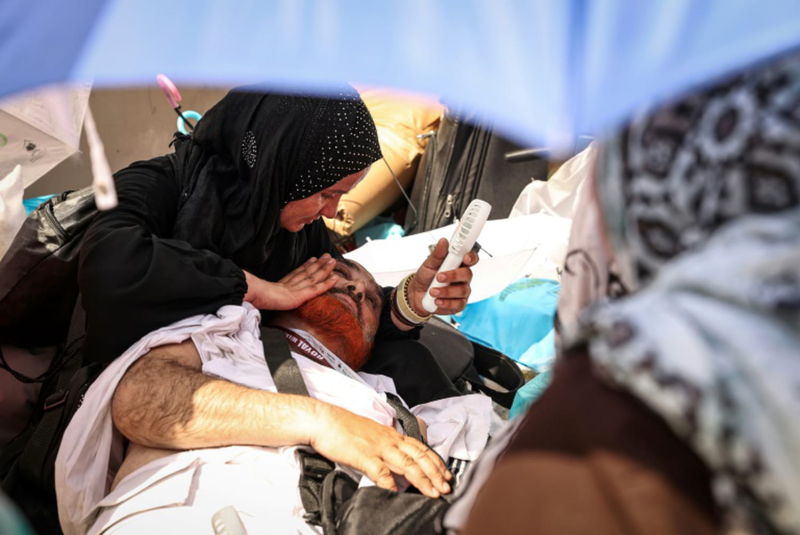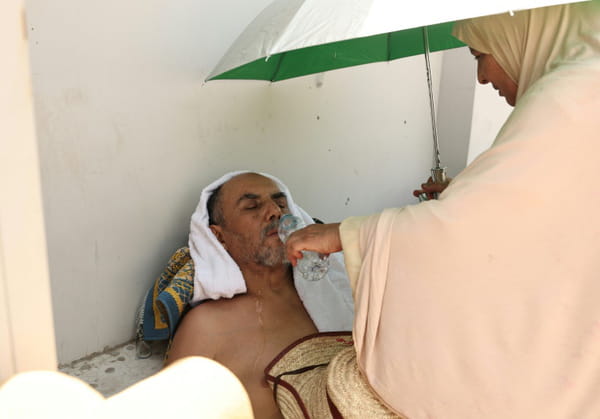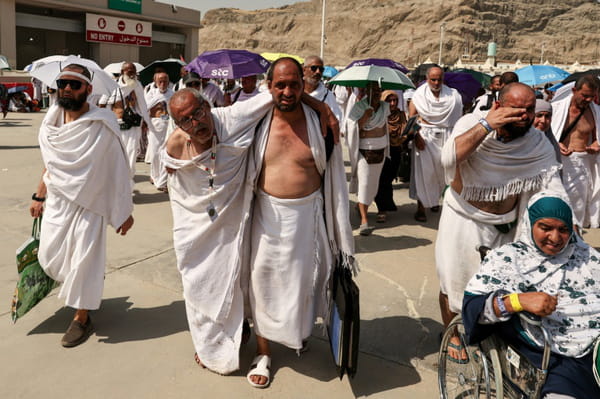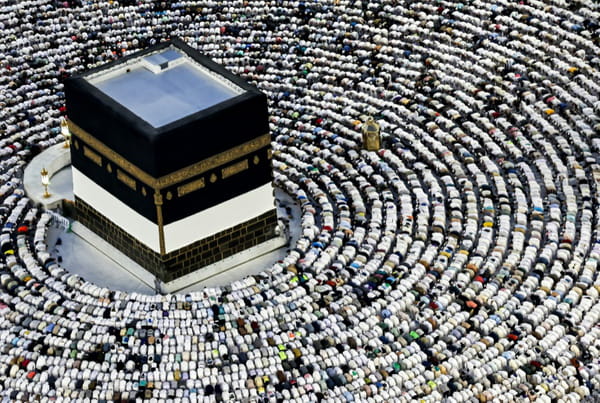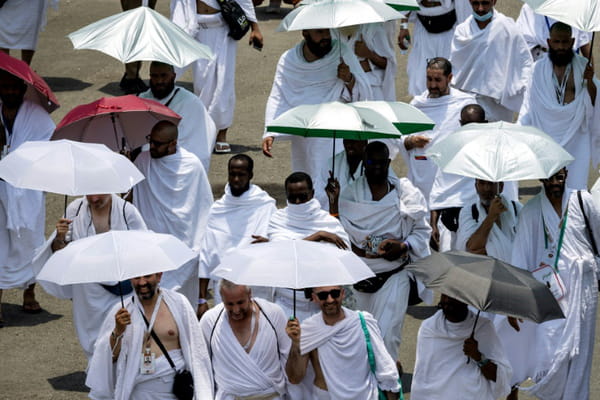More than 1,000 pilgrims died during the great Muslim pilgrimage held in Saudi Arabia in scorching heat, more than half of whom died. did not have permits for this annual gathering, according to an AFP report on Thursday. A diplomat from an Arab country told AFP that 58 additional deaths had been recorded among Egyptian pilgrims, bringing to 658 the number of Egyptians who died during the hajj which took place from Friday to Monday. According to him, 630 of them did not have official authorization for the pilgrimage, in which around 1.8 million people participated this year. Many of the deaths are due to the heat, diplomats said. In total, 1,081 deaths were reported by around ten countries, officially or via diplomats involved in the search for victims. The hajj is one of the five pillars of Islam and every Muslim who can afford it must do it at least once in their life at a specific time by the Muslim calendar, based on lunar cycles. The rituals took place once again this year under very high temperatures, which reached 51.8 degrees Celsius at the Grand Mosque in Mecca, the city holiest of Islam in western Saudi Arabia. – Without a permit – A woman makes a pilgrim affected by the high heat drink water during the annual Muslim pilgrimage in Mina, Saudi Arabia, June 16, 2024 © AFP – FADEL SENNA Each year, tens of thousands of faithful attempt to participate in the pilgrimage without having the necessary permits, paid for and granted according to quotas, which give access in particular to air-conditioned facilities. In early June, Saudi Arabia announced that its forces had pushed back more than 300,000 unregistered pilgrims from Mecca, including 153,998 foreigners who entered the kingdom on tourist visas, without going through official channels. It seems, however, that a large number of unauthorized pilgrims managed to participate in the rituals which took place over several days, in particularly trying conditions. “People were tired of being chased by the security forces before the day of (ritual at Mount) Arafat” on Saturday, “they were exhausted”, a declared Thursday to AFP an Arab diplomat who requested anonymity. According to him, the heat was the main cause of death among Egyptian pilgrims, notably causing complications linked to high blood pressure. A man suffering from the scorching heat is helped by a pilgrim during the hajj in Mina, near Mecca, on June 16, 2024 in Saudi Arabia © AFP – Fadel Senna Egyptian officials have visited hospitals to try to obtain information on missing Egyptians and help the injured in hospital, according to a statement from the Foreign Ministry. But “a large number” of these nationals “are not registered in the hajj databases” which makes their work difficult. Egyptian President Abdel Fattah al-Sisi has ordered the formation of a “crisis cell” led by Prime Minister Mostafa Madbouli to ensure “coordination with the Saudi authorities and repatriate the bodies” of the dead pilgrims. – “Extreme danger threshold” – Muslim pilgrims pray around the Kaaba in the Grand Mosque of Mecca on June 16, 2024 in Saudi Arabia. © AFP – FADEL SENNA In addition to Egypt, new deaths have been confirmed by Pakistan and Indonesia. Of around 150,000 pilgrims, Pakistan has recorded 58 deaths so far, according to a diplomat. Indonesia, which had around 240,000 pilgrims, reported a new death toll of 183, compared to 313 last year. Deaths also been confirmed by Malaysia, India, Jordan, Iran, Senegal, Tunisia, Sudan and Iraqi Kurdistan, without their causes still being announced. Many people were still searching for news of missing pilgrims in hospitals or through social media. According to two diplomats, Saudi authorities, who did not provide information on the deaths, were beginning the process of burying the bodies. They had claimed to have treated more than 2,700 pilgrims suffering from heat stress on Sunday alone. Last year, countries reported more than 300 deaths during the hajj, mostly Indonesians. The date of the hajj is moved forward by about 11 days each year in the Gregorian calendar. Muslim pilgrims arrive in Mina, Saudi Arabia, on June 14, 2024 © AFP – FADEL SENNA But with climate change, the heat stress of pilgrims will exceed the “extreme danger threshold” between 2047 and 2052 and from 2079 to 2086, “with increasing frequency and intensity as the century progresses”, according to a study published in 2019 in the journal Geophysical Research Letters. All reproduction and representation rights reserved. © (2024) Agence France-Presse